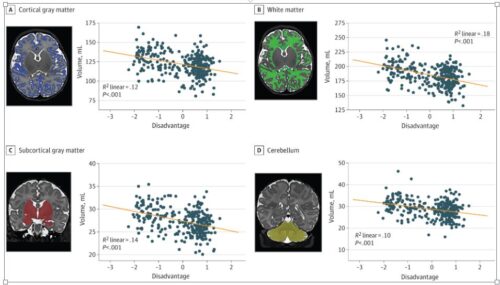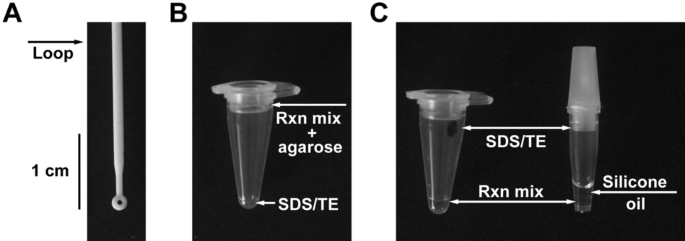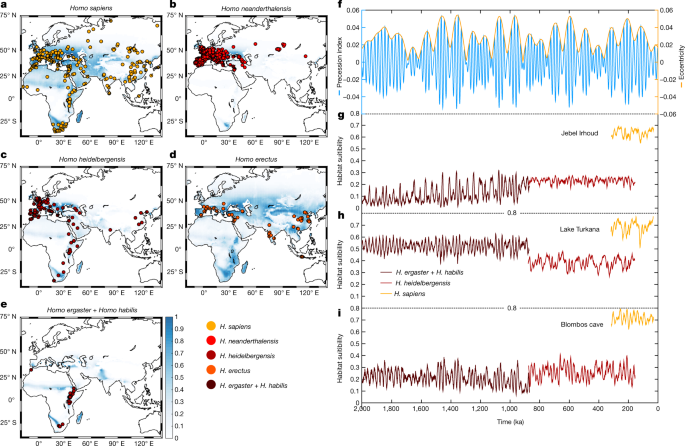妊娠中の母親の環境が出生前の脳の発達に影響を与える Pregnant mothers’ environments influence brain development before birth
2022-04-12 ワシントン大学セントルイス
・ワシントン大学医学部(セントルイス)の研究者による新しい研究は、赤ちゃんがこの世に誕生する前から、いくつかの環境要因が幼い脳の構造と機能に影響を与えていることを示唆しています。
・JAMA Network Open誌のオンライン版に掲載された研究では、健康な新生児が眠っている間にMRIスキャンを行ったところ、貧困などの社会的不利を抱える母親の赤ちゃんは、世帯収入が高い母親の赤ちゃんよりも脳が小さく生まれる傾向があることが明らかになった。
<関連情報>
- https://source.wustl.edu/2022/04/poverty-crime-linked-to-differences-in-newborns-brains/
- https://jamanetwork.com/journals/jamanetworkopen/fullarticle/2790989
出生前の逆境への曝露と出生時新生児脳容積の関連性 Association of Prenatal Exposure to Early-Life Adversity With Neonatal Brain Volumes at Birth
Regina L. Triplett, Rachel E. Lean; Amisha Parikh; J. Philip Miller; Dimitrios Alexopoulos; Sydney Kaplan; Dominique Meyer, Christopher Adamson, Tara A. Smyser, Cynthia E. Rogers,Deanna M. Barch, Barbara Warner, Joan L. Luby, Christopher D. Smyser
JAMA Network Open Published:April 12, 2022
DOI:10.1001/jamanetworkopen.2022.7045

Abstract
Importance
Exposure to early-life adversity alters the structural development of key brain regions underlying neurodevelopmental impairments. The association between prenatal exposure to adversity and brain structure at birth remains poorly understood.
Objective
To examine whether prenatal exposure to maternal social disadvantage and psychosocial stress is associated with neonatal global and regional brain volumes and cortical folding.
Design, Setting, and Participants
Exposures
Maternal social disadvantage and psychosocial stress in pregnancy.
Main Outcomes and Measures
Confirmatory factor analyses were used to create latent constructs of maternal social disadvantage (income-to-needs ratio, Area Deprivation Index, Healthy Eating Index, educational level, and insurance status) and psychosocial stress (Perceived Stress Scale, Edinburgh Postnatal Depression Scale, Everyday Discrimination Scale, and Stress and Adversity Inventory). Neonatal cortical and subcortical gray matter, white matter, cerebellum, hippocampus, and amygdala volumes were generated using semiautomated, age-specific, segmentation pipelines.
Results
A total of 280 mothers (mean [SD] age, 29.1 [5.3] years; 170 [60.7%] Black or African American, 100 [35.7%] White, and 10 [3.6%] other race or ethnicity) and their healthy, term-born infants (149 [53.2%] male; mean [SD] infant gestational age, 38.6 [1.0] weeks) were included in the analysis. After covariate adjustment and multiple comparisons correction, greater social disadvantage was associated with reduced cortical gray matter (unstandardized β = -2.0; 95% CI, -3.5 to -0.5; P = .01), subcortical gray matter (unstandardized β = -0.4; 95% CI, -0.7 to -0.2; P = .003), and white matter (unstandardized β = -5.5; 95% CI, -7.8 to -3.3; P < .001) volumes and cortical folding (unstandardized β = -0.03; 95% CI, -0.04 to -0.01; P < .001). Psychosocial stress showed no association with brain metrics. Although social disadvantage accounted for an additional 2.3% of the variance of the left hippocampus (unstandardized β = -0.03; 95% CI, -0.05 to -0.01), 2.3% of the right hippocampus (unstandardized β = -0.03; 95% CI, -0.05 to -0.01), 3.1% of the left amygdala (unstandardized β = -0.02; 95% CI, -0.03 to -0.01), and 2.9% of the right amygdala (unstandardized β = -0.02; 95% CI, -0.03 to -0.01), no regional effects were found after accounting for total brain volume.
Conclusions and Relevance
In this baseline assessment of an ongoing cohort study, prenatal social disadvantage was associated with global reductions in brain volumes and cortical folding at birth. No regional specificity for the hippocampus or amygdala was detected. Results highlight that associations between poverty and brain development begin in utero and are evident early in life. These findings emphasize that preventive interventions that support fetal brain development should address parental socioeconomic hardships.


